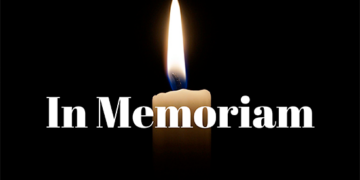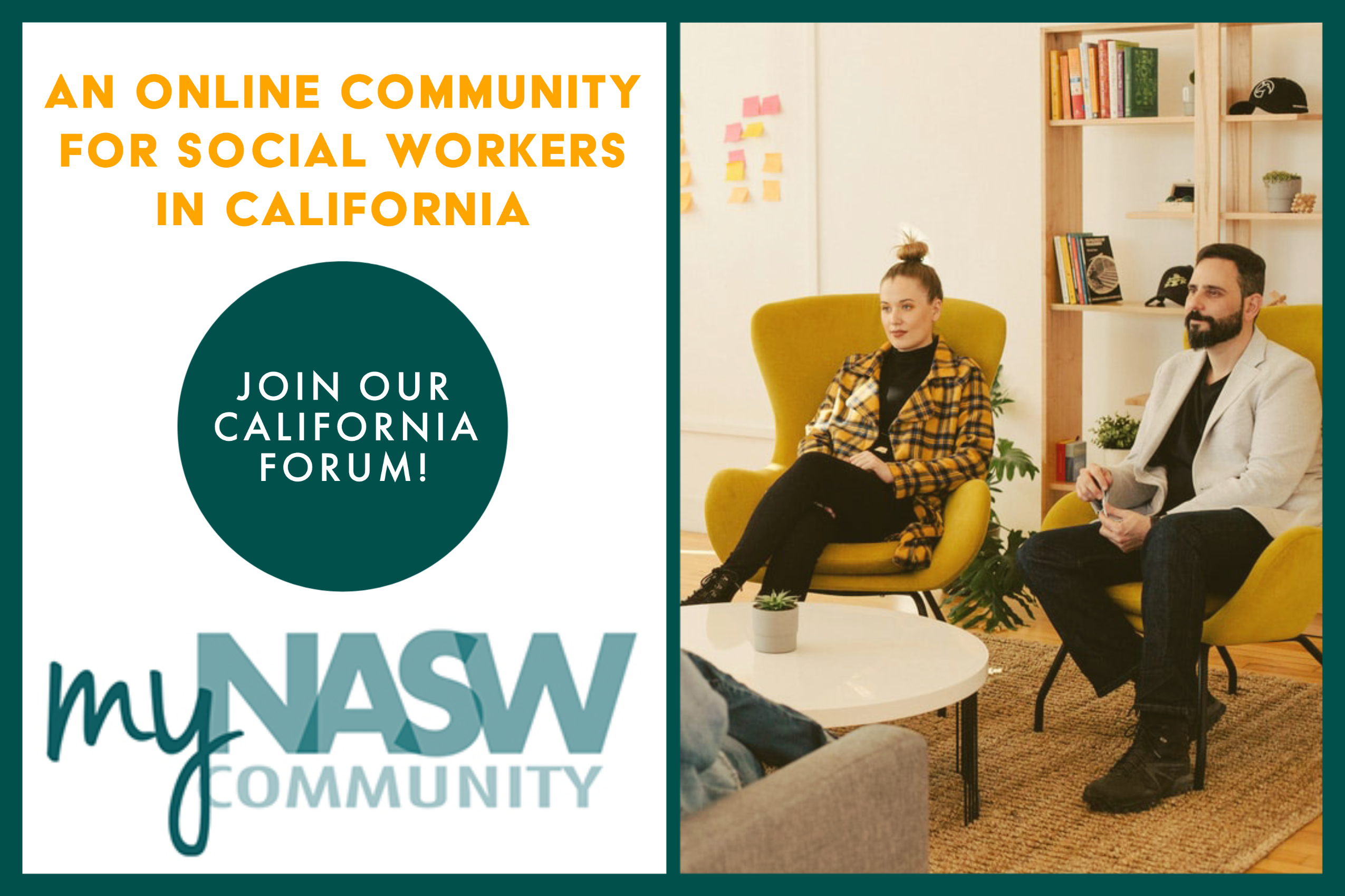By Al Murdach, LCSW (retired)
This column explores some of the meanings of words that today have a significant impact on the social work profession. Our word today is “bureaucracy.”
The word bureaucracy describes a way of organizing large scale human effort so it is ideally bound by rules, highly structured, predictable, efficient, rational, orderly and responsive to society at large. This organizational form now extends to all levels of society. Hence, as “public servants,” all social workers must currently work either in, for or with bureaucracies to achieve the goals of their profession. It has become the basic form of organization for all human societies. It is the way the work of the world gets done.
Nevertheless, bureaucracy has a bad reputation. Rather than being viewed as a normal way of operating and very useful when working well, it is excoriated as rigid, hide-bound, slow, cumbersome, irrational, cruel and nitpicking. It is viewed as the “deep state” that distrusts all creativity and forbids any innovation or change. The reasons for this disconnect between the image and the reality of what bureaucracies do are well known and too numerous to explore here. Instead we will first examine briefly the effects of such negatives images on the social work profession.
Despite the fact that almost all social workers work within bureaucratic structures, but because such structures are despised, there has historically been little interest shown in the literature of social work about how such structures operate and the ways they can be made more effective to better serve clients. Thus it is often ignored in social work circles that the way work gets done effectively in bureaucracies is by “management.”
Also, because of their distrust of organizations, social workers seem loath to view themselves as managers and prefer to be called clinicians, therapists, counselors or practitioners even though the word “manager” may be in their job title (such as “case manager”).This attitude further obscures the fact that all social work is “management” and that as a manager social workers become responsible, not just for client welfare, but for the proper functioning of their organizations in order to provide the necessary resources to bolster the client’s welfare.
Essentially, a manager is an individual who coordinates a wide range of work done by other individuals and other managers. As such, it is a task that involves setting goals and objectives, provides leadership where needed, marshals resources, measures achievement and does all directed by a vision of what the end product should look like. This blanket description covers an immense variety of managers in any number of work settings and fields, but gives some indication of how social workers in many types of agencies act as managers in their daily work life. Above all it underlines the need for social workers to be wise in the ways of bureaucracy.
A number of years ago (in 1973 to be exact), the journal Social Work published an article entitled “The Good Bureaucrat” by Robert Pruger. The author described how this status could be realized and urged social workers to use their work as managers in their bureaucracies to “negotiate the stresses, opportunities, and constraints that permeate organizational life” to benefit clients and others “regardless of what (their) position is in the organization.” The article caused a few ripples but then seemed to vanish into the black hole where other original ideas in social work go. However, a possible influence was an article much later (in 1989) in the Clinical Social Work Journal by Gitterman and Miller that also stresses the importance of an “organizational understanding” in social work:
“Competence in ‘managing’ the organization and mitigating its irrationalities requires some sophistication about issues of power and politics in organizational life. This generally has not been our strongest suit (as social workers)… Our socialization constrains many of us to fit into prescribed organizational roles rather than to create or expand them.”
In addition, these ideas have been further elaborated in work by Harry Specht and others at the School of Social Welfare in Berkeley, California. But despite some initial professional rumbling these much needed suggestions have achieved only limited play in the wider social work literature in this country. This body of knowledge continues to be solidly committed to the dominant clinical model of social work practice, which emphasizes an office-based individualistic frame of reference for work with clients.












